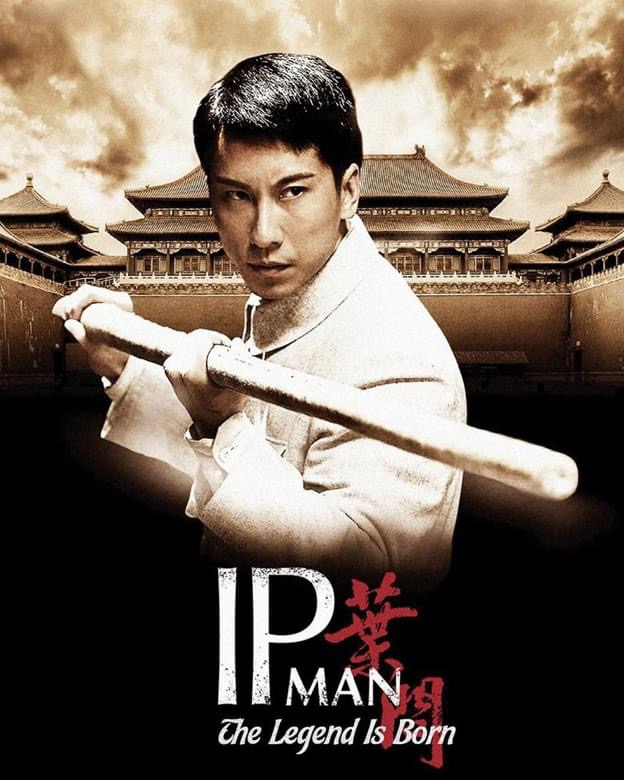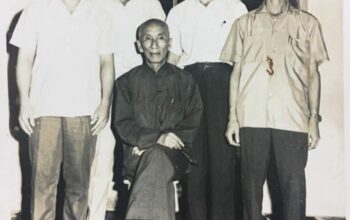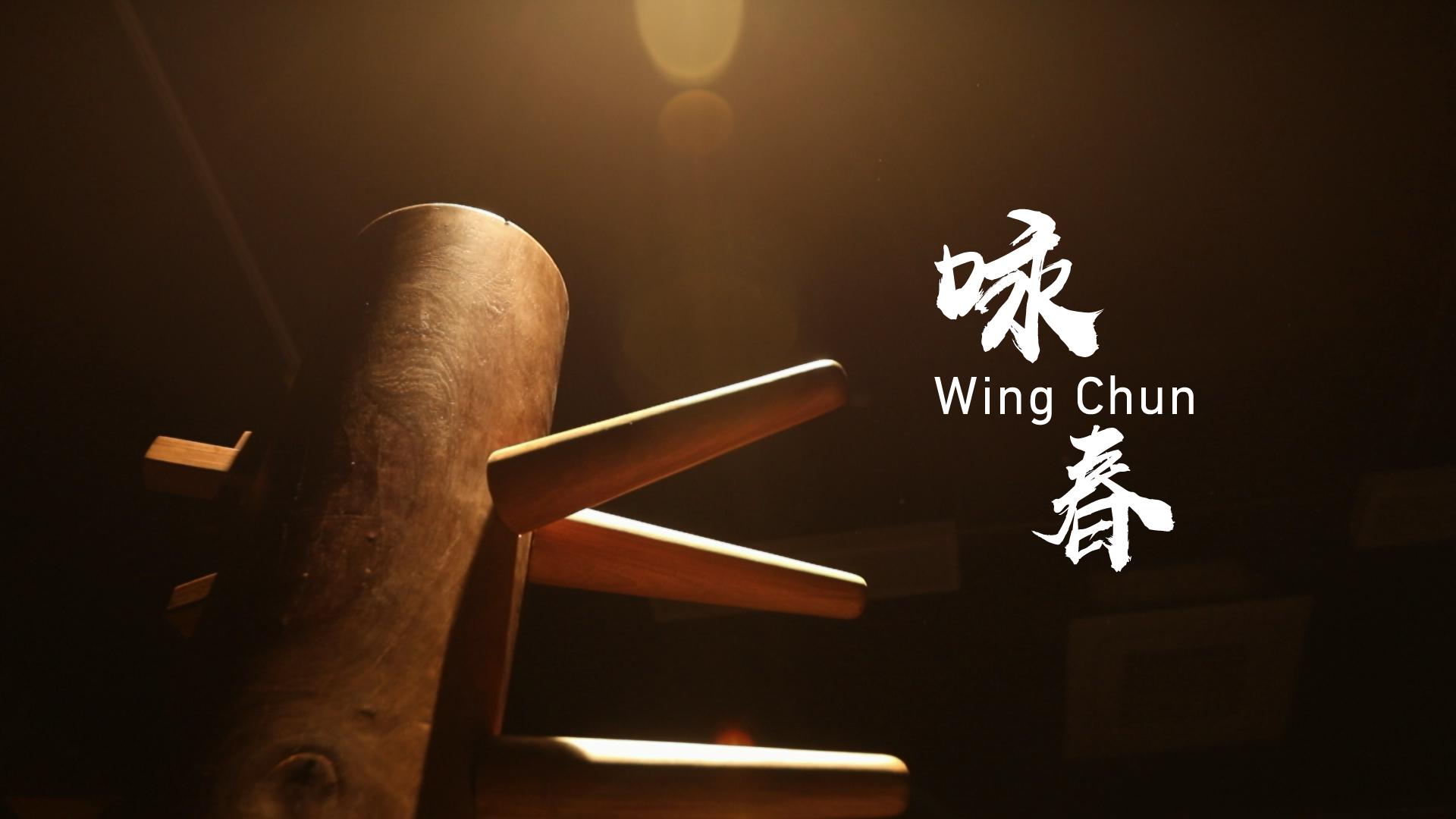Wing Chun is a Chinese martial art that has gained popularity around the world due to its practical and efficient techniques. However, like any other discipline, Wing Chun is not immune to misconceptions and misunderstandings. In this article, we will explore some common misconceptions about Wing Chun and shed light on the truth behind them.
Misconception 1: Wing Chun is only effective for self-defense against other Wing Chun practitioners.
One of the most prevalent misconceptions about Wing Chun is that it is only effective in Wing Chun versus Wing Chun scenarios. This belief stems from the fact that Wing Chun is often practiced in a cooperative manner, with practitioners engaging in specific drills and techniques with partners. However, Wing Chun’s effectiveness extends far beyond this context.
Wing Chun is based on principles and concepts that can be applied to real-life self-defense situations. Its emphasis on economy of motion, close-quarters combat, and simultaneous attack and defense makes it a practical system for self-defense against various opponents, regardless of their martial arts background. While it’s true that some Wing Chun techniques may be optimized for countering specific attacks commonly found in other Wing Chun styles, the core principles can be adapted to handle different fighting styles and situations.
Misconception 2: Wing Chun lacks kicks and ground fighting techniques.
Another misconception about Wing Chun is that it lacks effective kicks and ground fighting techniques. While it is true that Wing Chun places less emphasis on kicks compared to some other martial arts like Taekwondo or Muay Thai, it does incorporate kicking techniques within its arsenal. Wing Chun kicks are typically low and directed at the opponent’s lower body, aiming to disrupt their balance and control the distance.
Regarding ground fighting, Wing Chun does not focus extensively on grappling or groundwork. However, it does include principles and techniques to deal with close-quarters combat and defending against takedowns. Wing Chun practitioners learn to maintain their balance, utilize leverage, and employ trapping techniques to neutralize an opponent’s attack, even in grappling situations.
Misconception 3: Wing Chun is a static and rigid martial art.
Some people mistakenly perceive Wing Chun as a static and rigid martial art due to its emphasis on the centerline and maintaining a rooted stance. While it is true that Wing Chun practitioners strive to maintain a strong structure and use the centerline as a guiding principle, this does not mean the art is inflexible.
Wing Chun’s structure provides a solid foundation for effective techniques, but it also emphasizes adaptability and fluidity. Wing Chun techniques are designed to flow seamlessly from one to another, allowing practitioners to respond dynamically to changing situations. The art’s focus on sensitivity and intercepting an opponent’s movements requires practitioners to be responsive and agile.
Misconception 4: Wing Chun is only suitable for smaller individuals.
Another misconception about Wing Chun is that it is primarily designed for smaller individuals to overcome larger opponents. While Wing Chun’s techniques can certainly level the playing field by exploiting an opponent’s weaknesses, it is not exclusive to any particular body type or size.
Wing Chun’s principles and concepts can be effectively employed by practitioners of various physical attributes. The art’s emphasis on technique, timing, and sensitivity allows practitioners to neutralize an opponent’s strength and use it against them. Wing Chun’s efficient techniques and focus on economy of motion make it a practical martial art for individuals of different sizes and strengths.
In conclusion, Wing Chun is a martial art that has faced several misconceptions over the years. It is essential to dispel these misconceptions to truly understand the art’s principles and effectiveness. Wing Chun is not limited to specific scenarios or opponent styles, and it offers a comprehensive system of self-defense that can be adapted to various situations. By embracing the true essence of Wing Chun, practitioners can unlock its practicality and effectiveness in real-world combat.







